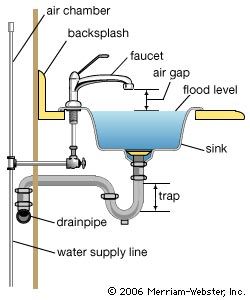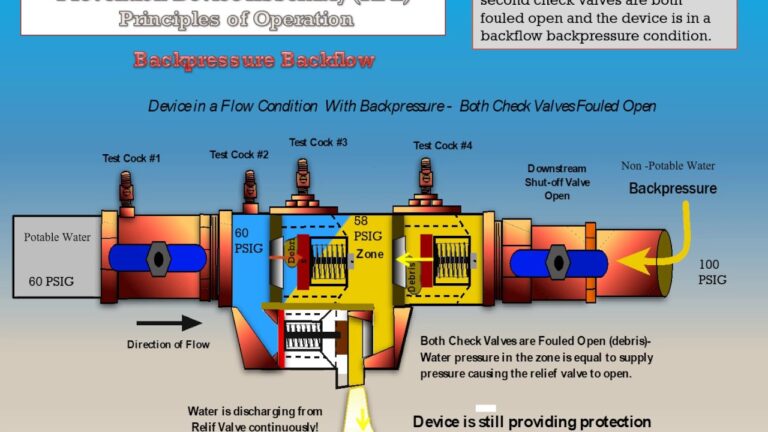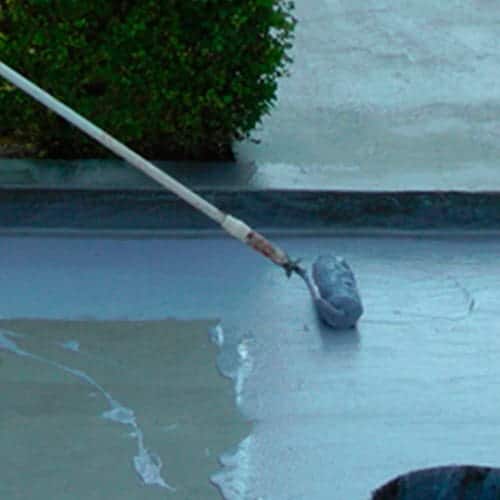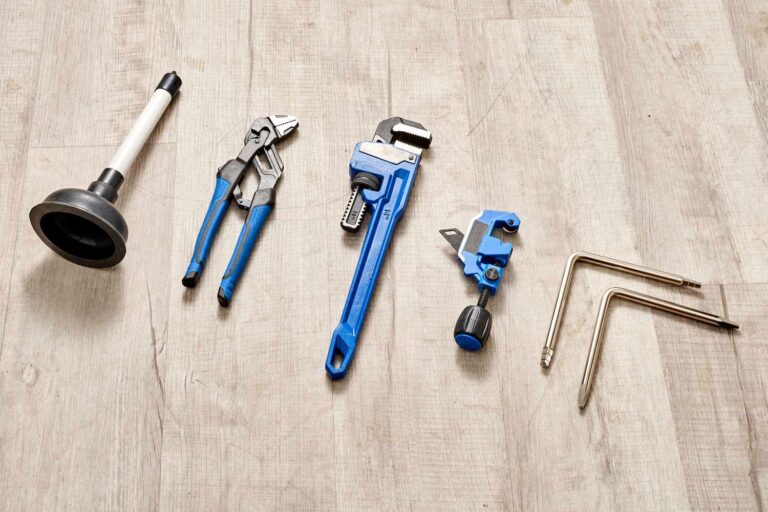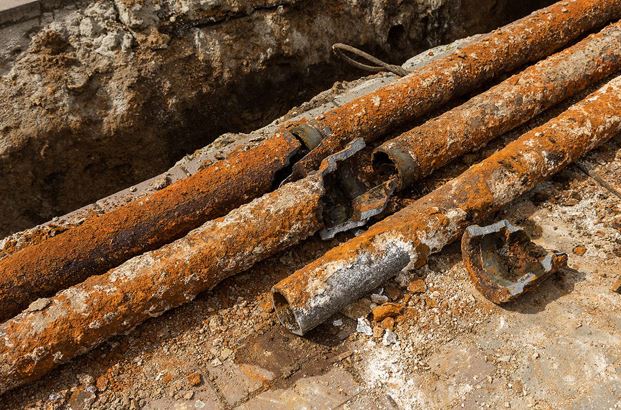What Are The Important Parts Of The Plumbing System?
The plumbing system is an integral part of any home. It is responsible for transporting water, waste, and gas from one location to another. It is also responsible for controlling and regulating the water pressure in the home. The plumbing system is composed of several important parts, such as the water supply system, waste disposal system, water heater, and various valves and pipes. Each of these components plays an important role in the functioning of the system, and it is important to maintain them in good condition to ensure that the plumbing system works properly.
Overview of Plumbing System Components
Plumbing is a complex system of pipes, fixtures, and appliances that provide an efficient way to transport water and wastewater throughout your home. Knowing the components of your plumbing system is important for proper maintenance and repair. This article will provide an overview of the important parts of the plumbing system, including pipes, fixtures, traps, and other components.
Pipes are the most important component of any plumbing system. They are used to transport water from the main water supply line to the fixtures and appliances located throughout your home. Common types of pipes used in plumbing systems include copper, galvanized steel, and PVC.
Fixtures are the devices that deliver water to various appliances and locations in your home. Common fixtures include sinks, faucets, toilets, showers, and bathtubs. Traps are curved sections of pipe that are used to prevent sewer gas from entering your home.
In addition to pipes and fixtures, several other components are essential for the proper functioning of your plumbing system. These include water heaters, backflow preventers, pressure regulators, and water meters. Each of these components plays an important role in ensuring that your plumbing system works properly.
By understanding the components of your plumbing system, you can better maintain and repair it when necessary. If you need help with any plumbing repairs or maintenance, contact a professional plumber in your area. They can help ensure that your plumbing system is functioning properly and correctly.

Water Supply System
A plumbing system is an essential part of every home, and the water supply system is the core of it. This system is responsible for providing clean drinking water to every area of the home, both inside and outside. The water supply system is made up of several components, including water mains, pipes, fixtures, valves, and connectors. The water mains are the main pipes carrying water to the entire house, while the pipes and fixtures transport the water to individual taps and fixtures. Valves and connectors are used to control the flow of water and to ensure the proper functioning of the system. For the plumbing system to work correctly, all of these components must be properly installed and maintained. Without proper maintenance, the water supply system can become blocked, leading to serious issues. Therefore, it is important to know the basics of the plumbing system to keep it functioning properly.
Drainage System
The drainage system is an essential part of any plumbing system. It is responsible for carrying wastewater away from your home and preventing hazardous and unsanitary conditions. It is important to maintain a well-functioning drainage system to ensure a healthy, safe, and efficient home. Drainage systems typically consist of a network of pipes and drains that lead to a sewage treatment facility or a septic tank. We can install a variety of drainage systems, including gravity systems, low-pressure systems, and high-pressure systems. Gravity systems rely on the force of gravity to move wastewater through the system, while low-pressure systems rely on a pump to move water through the system. High-pressure systems are usually used in commercial applications where large volumes of water must be moved quickly. Regardless of the type of drainage system you choose, it is important to keep it clean and clear of debris and clogs to ensure proper functioning.
Ventilation System
The plumbing system in a home is made up of several components that help it to function properly. One of the most important and often overlooked components of the system is the ventilation system. The ventilation system is responsible for controlling the pressure of the water within the pipes, preventing backflow, and allowing for proper air circulation. To ensure the system is working properly, it’s important to understand the different parts of the plumbing ventilation system.
The main components of a plumber’s ventilation system are the vent stack and the vent pipe. The vent stack is located at the highest point of the plumbing system, and it is responsible for allowing air to enter and exit the system. The vent pipe is then connected to each plumbing fixture in the house and is responsible for regulating the pressure of the water within the pipes. This prevents backflow and ensures that the water is flowing properly.
Another important part of the ventilation system is the trap. The trap is usually installed beneath the sink and is responsible for preventing sewer gases and odors from entering the home. It also helps to keep the pressure of the water in the pipes balanced and prevents clogs from occurring.
Finally, the plumbing ventilation system also includes the vents and fans. These components are responsible for allowing air to circulate throughout the system and help to reduce odors. Vents and fans should be checked regularly to ensure they are working properly.
In summary, the plumbing ventilation system is an important part of any home. It is responsible for controlling the pressure of the water within the pipes, preventing backflow, and allowing for proper air circulation. It includes the vent stack, vent pipe, trap, and vents and fans. Regular maintenance and checks are necessary to ensure the system is functioning properly.
Fixtures and Fittings
The plumbing system is an essential component of any home, and its necessary parts should be well-maintained to ensure maximum efficiency. Fixtures and fittings are two of the most important elements of the plumbing system and are responsible for ensuring proper flow and functionality. Fixtures are the devices that are connected to the plumbing system and control the flow of water and other liquids, such as toilets, bathtubs, and sinks. Fittings are the mechanical parts that connect the fixtures to the plumbing network and allow the pipes to function properly.
Fixtures and fittings come in a variety of shapes, sizes, and materials, all of which are designed to meet specific needs and applications. When selecting fixtures and fittings, it is important to consider the type of plumbing system, the type of water to be used, the climate of the area, and the desired aesthetic. Additionally, both fixtures and fittings must be installed correctly to ensure a safe and effective plumbing system.
Understanding the different components of the plumbing system is essential for properly maintaining and repairing the system. Fixtures and fittings play an important role in the overall functionality of the system, and proper installation and maintenance are essential for a safe and efficient plumbing system.
Maintenance and Troubleshooting
Plumbing systems are an integral part of any home. Without a functioning plumbing system, we would not have access to running water and would be faced with a myriad of other inconvenient issues. Maintenance and troubleshooting are two of the most important parts of keeping a plumbing system in good working condition. Regular maintenance can help identify potential problems before they become serious, and can also help prevent minor problems from turning into major disasters. Troubleshooting can help diagnose any existing problems and can help determine the best way to fix them. Knowing the basics of plumbing maintenance and troubleshooting can go a long way in protecting your home and keeping your plumbing system in top shape.
FAQs About the What Are The Important Parts Of The Plumbing System?
1. What are the main components of a plumbing system?
A: The main components of a plumbing system are the water supply, drain-waste-vent system, fixtures, and the water heater.
2. How often should I inspect my plumbing system?
A: The frequency of inspections will depend on the age of your system and the type of plumbing. Generally, you should inspect your plumbing system at least once a year or when you notice any signs of potential problems.
3. What should I do if I notice a problem with my plumbing system?
A: If you notice a problem with your plumbing system, the best course of action is to contact a licensed plumber right away. A qualified professional will be able to assess the issue and provide a solution to ensure your plumbing system is functioning properly.
Conclusion
The plumbing system is an important part of any home or business. It is responsible for providing clean and safe water for drinking, bathing, and other household needs. It also carries away wastewater and sewage for safe disposal. It is important to keep the plumbing system operating efficiently and in good condition to prevent costly repairs and long-term damage. The main components of a plumbing system are the water supply, the pipes, the fixtures, the fittings, and the drainage system. Each of these components plays an important role in providing a safe and comfortable living environment.



